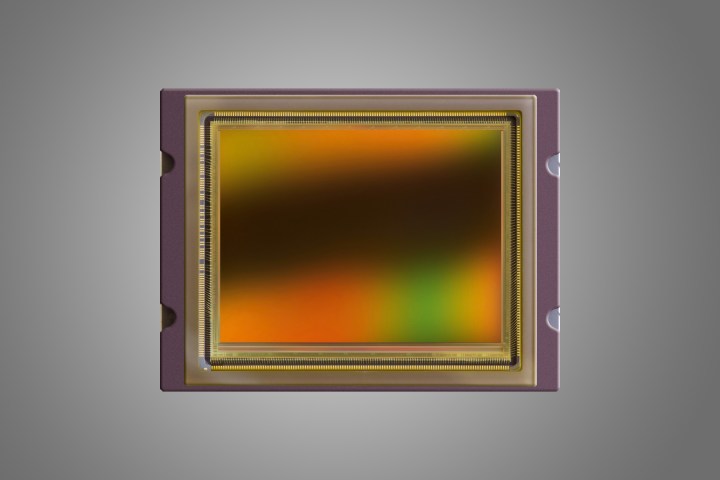
Designed for professional broadcast camcorders, the CMV50000 shoots in 8K (7,920 x 6,004) at 30fps, yet also uses a global shutter design. The company says the sensor is an industry first, with twice the resolution of previous global shutter options.
Traditional camera shutters scan across the image, which means the top of the frame isn’t exposed at the exact same time as the bottom of the frame. Since each image isn’t exposed at the same time, footage of objects moving faster than that rolling shutter tends to appear distorted.
Global shutters, on the other hand, expose the entire sensor all at once, eliminating that distortion since the top of the image is recorded at the exact same time as the bottom of the image.
The sensor measures just larger than a full frame sensor, though smaller than the medium format options, at 36.43 x 27.62mm. While the camera is capable of 8K resolution, users can also bump up the speed and shoot at 4K at 60fps. The sensor also includes an high dynamic range mode.
The sensor is being first released in monochrome, with a color option expected before the end of the year. Designed for high-end cameras, the sensor alone will cost camera manufacturers about $3,800 to include inside their tech. The company says the primary use for the sensor is broadcast and video cameras, though the sensor could also power machine vision in manufacturing as well as security and 3D imaging applications.
Cmosis, now nearly 10 years old, specializes in CMOS sensors for photography and for industrial, medical and scientific applications.
Editors' Recommendations
- Sony claims mini-LED superiority with 2022 8K and 4K TVs
- TCL’s 8K 6-Series mini-LED TVs are shockingly affordable
- Blackmagic Design’s new 12K cinema camera might actually make sense
- Here’s how much every 2020 Sony 4K and 8K TV will cost
- 8K cameras are coming. No, you don’t need one




